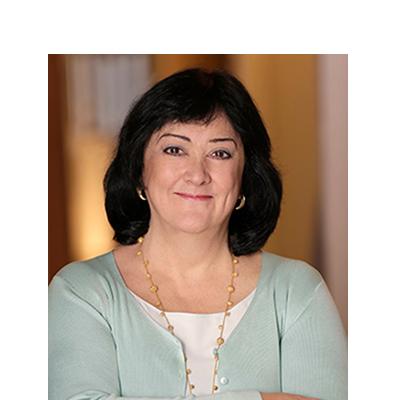We are all about color.
There are a couple ways to view color. I notice it everywhere and think about it while looking. I dream in color, often of the ocean. There is brilliant shouting color and there is soft flowing subtle color. I like the latter and, in analyzing it further, it may be because it is so powerful that a little goes a long way. It is the same with food. Some people can taste food and find the most delicate flavors underneath the main flavor while some people like it best with plenty of salt and pepper or hot sauce to make it shout and wouldn’t notice the secondary flavors.
If you have taken a color design class, you will know that color is created by light bouncing off things. How color is perceived is dependent on what it is next to or surrounded by. The colors we can see are determined by the color spectrum given off by a prism that bends the light or a rainbow you can see sometimes in the sky. It has a specific order where one simple color spreads into the next. Purple bleeds into Indigo blue which transforms into emerald green.
The three primary colors Blue, red, yellow, when mixed two at a time, create the secondary colors purple, orange and green. Almost all colors have a bit or a lot or the secondary colors. When a primary color is paired with a secondary color at the opposite side of a color wheel, this creates a complimentary color or a powerful visual response. It is a punch. When a color is paired with something very similar to it, a subtle change occurs. A room can be monochromatic even when it is green, if everything chosen in the room is green. However, the interest is created by the secondary colors used with the green, such as yellow green, blue green , or brownish green (using a drop of red) in the texture or pattern of the fabrics for instance.
We live in an age when the world has been virtually cracked wide open and we can see the diversity and splendor of so many styles, stories and histories. Oriental, Western European, Turkish, Russian, African, South American, Asian, Native American. These art forms originated from cultures’ response to the beauty of the planet, the world of nature. One response to this question of how we define ourselves is to begin by appreciating all of these cultures for their unique human views of the world and to see these expressions as necessary for the balance and beauty we are trying to express within our own local and personal environments.
I find it helpful to think about objects and stemming from that, ideas in design, as having characteristics. If I can define a characteristic of something, then I try to express that characteristic.
For example, water is fluid. Waterdance design with fish has a sea grass border that appears flowing.
Fruit is luscious and colorful, Duke of Gloucester design is effusive and multicolored in a painterly way.
Cultures have characteristics that you can see in the art of that people. Can you see what makes them unique and special? Can you appreciate it? Most importantly can you express it to others? This is the biggest strength of the United States, that it is a melding of every ethnic, economic and religious background into one nation.
Please excuse me, but I don’t really get it. Almost every catalog or magazine I open is showing images that are monochromatic. Let’s go a bit farther and say grayscale. Grayscale and stark, simple lines and no curves. Rough, but not rustic. This could be considered a contemporary European aesthetic. How did everyone get the same idea at the same time? Are we followers or leaders?
It is like watching a movie in black and white. The tonal values and shapes become the whole story and it is beautiful, but the real magic begin when you can see the cinematic sunset is shades of pink and blue and the golden sparkle of the sun as it peeks over the light blue edges of the horizon at dawn, or the gentle beiges and yellows of waving wheat stalks in the field. Color brings a dimension into environments that evoke a visceral (bodily) response.
The return to the most stark treatment of decors, if not determined by the style setters, (which I think are highly influential), may signal being unsure of what we want. The searching quality of the American mindset leads one to ask these questions: What way is the correct way to view affluence, social conscience, conspicuous consumption, helping others, entertaining, our living space. It would be one thing if some designer chose this for his/her specific signature, but the fact that most everyone is doing it is noteworthy. Freedom brings responsibility. If the choice is limited it is easier to choose.
Our design aesthetic is this: Whatever it is, it is all the way. Brilliant, subtle, complicated, simple. This applies to shapes, colors and individual design elements.
So hurray for Color. Hats off to Beauty and striving for Joy in the everyday wonder around us. Most of all, let us be brave to express it. Why fit in when you can stand out?
This article was written by Mottahedeh CEO, Mrs. Wendy Kvalheim.








